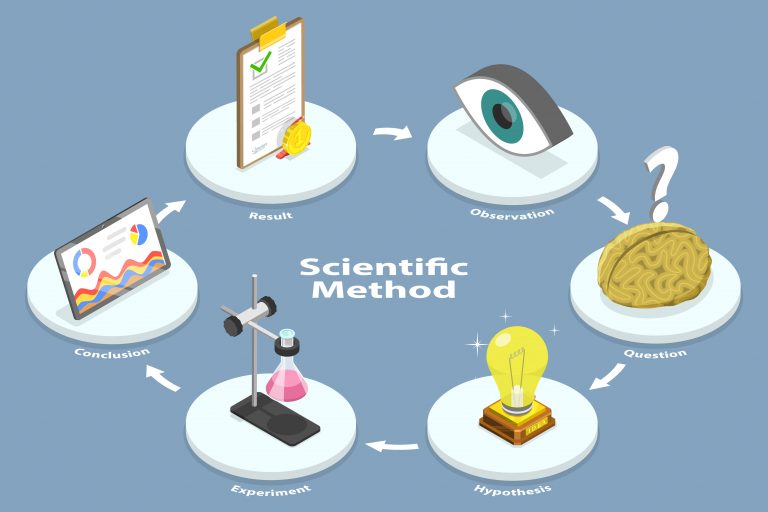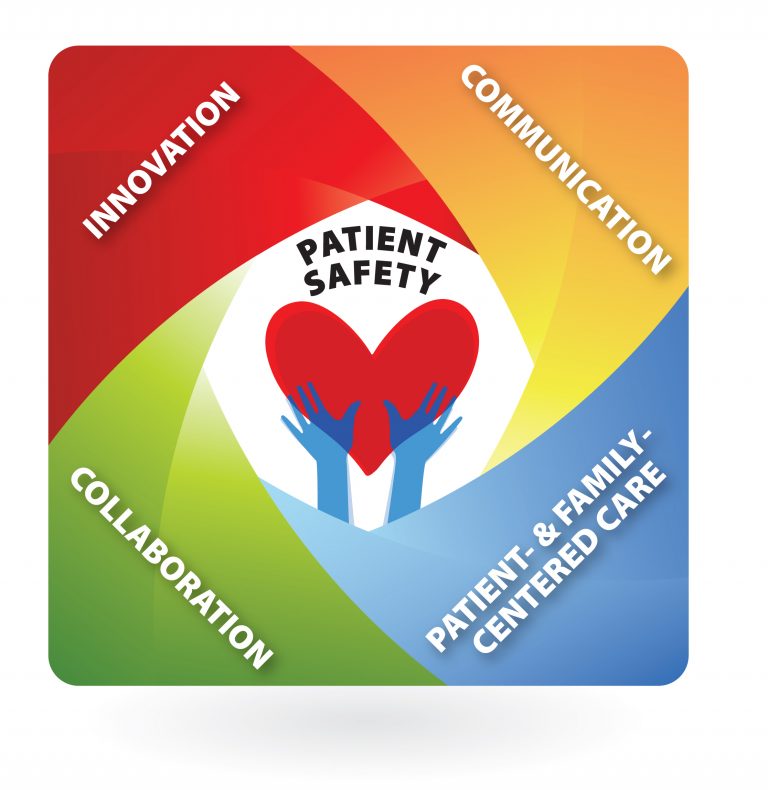Epilepsy is one of the most common neurological diseases in the United States, affecting over 470,000 children and 3 million adults nationwide. Experts estimate that up to 3% of the American population will experience epilepsy at some point in their lives.
Appropriate, effective treatment first requires proper diagnosis, a process that includes advanced imaging tests, blood tests, and physical exams.
Here, we’ll explore the diagnostic process for epilepsy, why accurate diagnosing is important, and the recent headway we’ve made in diagnosing and treating epilepsy as a research community.
What Is Epilepsy?
As a serious condition causing dysfunction of the brain’s central nervous system (CNS), epilepsy can dramatically disrupt brain function. In some cases, these disruptions can be life-threatening. In all cases, they negatively impact quality of life both for the individuals who experience them as well as for their caretakers.
The key distinguishing feature of epilepsy is recurrent epileptic seizures. Traditionally, the clinical threshold for an epilepsy diagnosis was met when a patient experienced at least two unprovoked seizures (meaning there is no immediately obvious environmental trigger) within a single 24-hour period.
The current, more refined working clinical definition, now accepted widely as the industry standard, comes via the medical journal Epilepsia. Here’s what it says:
The International League Against Epilepsy (ILAE) task force, in 2005, “proposed that epilepsy be considered to be a disease of the brain defined by any of the following conditions”:
- “At least two unprovoked (or reflex) seizures occurring >24 h apart”
- “one unprovoked (or reflex) seizure and a probability of further seizures similar to the general recurrence risk (at least 60%) after two unprovoked seizures, occurring over the next 10 years”
- “diagnosis of an epilepsy syndrome”
In medical terminology, a “syndrome” is a “group of symptoms which consistently occur together, or a condition characterized by a set of associated symptoms.“
“Epilepsy syndrome” is a specific diagnosis defined by a set of related features:
- Causes of seizures
- The age of onset of seizures
- Known triggers of seizures
- Types of seizures
- Frequency and severity of seizures
- Prospects for recovery (prognosis)
The sum of these features, which differ from patient to patient, is important for determining the correct treatment protocol on a case-by-case basis.
Why Is an Accurate Diagnostic Process Important?
Multiple conditions other than epilepsy might cause seizures, such as traumatic brain injuries, infections, or tumors, among others.
That’s why a careful diagnostic process, which eliminates these other possibilities and definitely determines a diagnosis of epilepsy, is so important for patients experiencing the troubling symptoms associated with epilepsy to receive the correct treatment to recover and heal.
What Are the Symptoms of Epilepsy?
Epilepsy triggers abnormal brain function. Accordingly, the symptoms are mostly related to cognitive function, mood, and impaired motor skills.
Epilepsy symptoms can include, among others:
- Psychological ones (including anxiety and fear)
- Momentary loss of consciousness/awareness
- Fleeting confusion
- Staring spells
- Stiffened muscles
- Uncontrollable spasmodic movements in the arms and legs
Individuals suffering from epilepsy tend to experience the same recurring set of symptoms, as the symptoms depend on what type of seizure is occurring.
Seizures can either be focal or generalized:
- Focal seizures start in one area of the brain, but might spread to others
- Generalized seizures might start locally, but spread to both sides of the brain

The Initial Physical Exam to Diagnose Epilepsy
The first stage of the epilepsy diagnosis process is the physical exam. When you visit your doctor, he or she will ask about your symptoms and your medical history.
The neurological exam (to assess your brain and nervous system function) can include tests of:
- Motor skills
- Cognitive function
- Behavioral changes
In addition to the physical exam, the neurologist (brain doctor), if he or she suspects the patient might have epilepsy, will also likely order a series of blood tests to diagnose epilepsy:
- Toxicology tests (to determine the presence of any toxins known to trigger seizures)
- Complete blood count (CBD) (to look for inflammatory infection markers)
- Chemistry tests (to measure electrolyte imbalance and other signs of kidney dysfunction)
Brain Electrical Signaling Test: Electroencephalogram (EEG)
EEGs are often the go-to test to detect epilepsy. The clinicians attach sensors called electrodes around the scalp at various points in order to gauge and record brain activity.
The EEG shows how nerve cells (neurons) communicate with one another and can identify where seizures are occurring.
The process can take anywhere from a few minutes to over an hour.
Although EEGs are highly useful in the diagnostic process, normal EEG results don’t necessarily rule out epilepsy. Patients who have symptoms of epilepsy but who receive normal EEG results require further investigation.

Imaging Tests to Diagnose Epilepsy
Modern clinicians use a variety of imaging technologies to arrive at a definitive epilepsy diagnosis, which provide a visual representation of the brain to determine its structure and function.
Diagnostic imaging tests for epilepsy include:
Computerized tomography (CT Scans)
CT scans are essentially a series of high-definition x-ray images taken from various images to produce a 3D image of the brain. They are used for a variety of purposes in neurology, including in patients with suspected epilepsy.
Magnetic resonance imaging (MRI)
MRIs employ non-harmful magnetic and radio waves to create high-definition digital images of the brain, its tissues, and to analyze how blood flows through the brain.
MRIs can be either performed with a dye contrasting agent (“MRI with contrast”) to add slightly more detail to the images or without the dye agent (“MRI without contrast”).

Positron emission tomography (PET Scans)
Clinicians performing PET scans inject radioactive sugar (harmless in most patients) into the bloodstream to measure how the body metabolizes (uses and controls) blood sugar as well as how blood flows through the brain.
Contact Northwest Florida Clinical Research Group to Learn More About Epilepsy and Epilepsy Diagnosis
Our team of experts, with combined decades of clinical experience, is Northwest Florida’s leading research institution. We conduct groundbreaking clinical trials in adults and children.
In recent history, we’ve made enormous strides as a research community to identify and refine various treatment modalities to improve the quality of life (QOL) in patients affected by epilepsy. Moving forward, we are hopeful that this devastating illness can be fully eliminated, due in part to the important work we perform.
Contact Northwest Florida Clinical Research Group to learn more about how epilepsy is diagnosed and treated. We specialize in researching pulmonology, sleep medicine, and neurology, with a focus on epilepsy.




